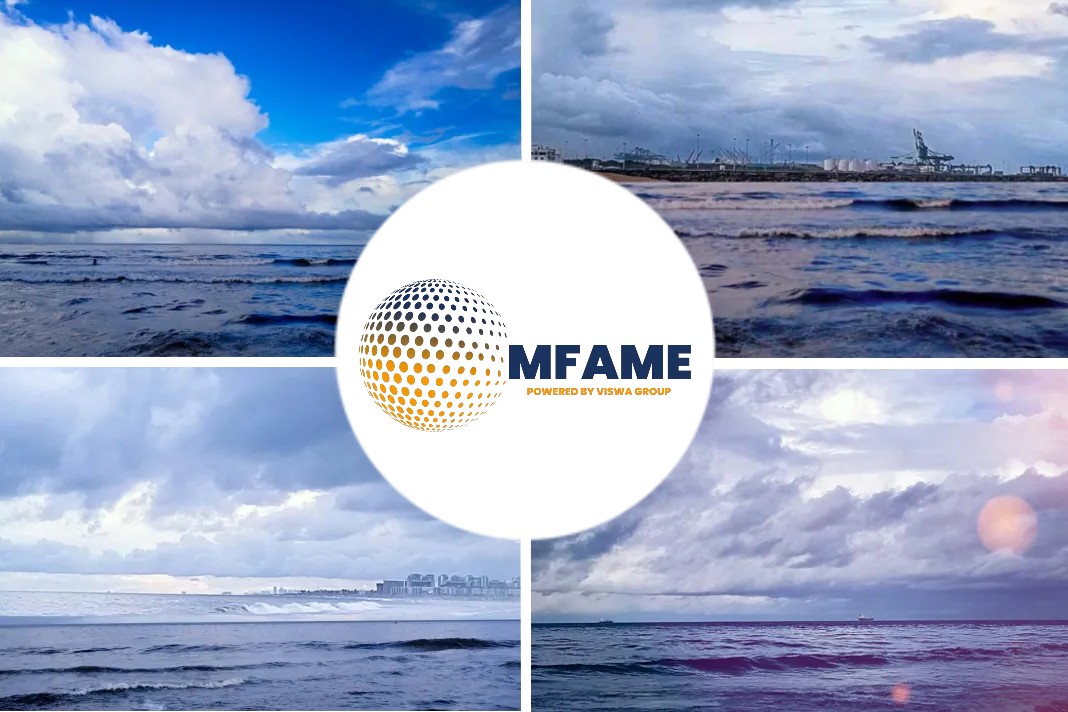The global supply chain could face disruption owing to a looming officer shortage in the merchant navy caused by Russia’s invasion, reports The National.
Ukraine is one of the world’s largest suppliers of trained officers in the world.
Seafarers at home
Some seafarers have stayed at home to fight or be with their families, maritime head-hunters have said.
One officer flew to London on his way to join a ship in South America on the eve of the invasion, only to abandon his plans to return home to take up arms, said Danica Maritime, a Germany-based recruiter.
Multinational crews
Tension is running high on ships, which typically have multinational crews. But no major problems have been reported between Ukrainian and Russian seafarers, a meeting on Tuesday of ship and crew managers heard.
But shipping officials said there were problems flying crew to meet ships, and that sanctions had made paying wages difficult.
From Black Sea port areas
Recruiters said most Ukrainian seafarers come from strategically important Black Sea port areas in the south of the country, such as Mykolaiv and Kherson, of which Russia claimed on Wednesday to have seized control.
Henrik Jensen owns Danica, which has 1,200 Ukrainians and 300 Russian seafarers on its books.
He said some of them had lost contact with their families because communications had gone down, adding to the stress of being away at sea for months.
Mr Jensen said he was holding a virtual meeting with his 50 office staff in Odesa when an air raid went off and they had to run for cover.
Barred from leaving country
The company has started bringing out female staff members, children and the relatives of seafarers from the country through Moldova and Romania. Under martial law, Ukraine has barred men aged 18 to 60 from leaving the country.
The first two arrived in Hamburg “who came only with a handbag, no toothbrush or change of clothes,” said Mr Jensen. “Some of them were quite shocked because they realised they may never go home again.
“When we offered this help, many of the males said we want to stay and defend our country, while the wives were saying we are not leaving without our husbands.”
The meeting of more than 60 ship and crew managers on Tuesday reported that Ukrainian and Russian seafarers were “behaving professionally” but “feelings are running high” and warned of potential future problems, said InterManager, a trade association.
Research suggests an average ship has a minimum of three nationalities on board and sometimes up to 30.
Russian seafarers represent more than 10 per cent of the 1.89 million global workforce while Ukraine supplies 4 per cent.
Seafarer shortfall
But the majority of Ukrainians are trained officers. At this level, there is likely to be a shortfall of about 26,000 officers over the next four years, according to the Seafarer Workforce Report of 2021, which was published by trade associations Bimco and the International Chamber of Shipping.
The shortage was exacerbated by the Covid-19 pandemic that left captains unable to rotate weary crews and left about 100,000 mariners stranded at sea beyond their stints.
“Without urgent action from governments the supply of seafarers will run dry,” ICS secretary general Guy Platten said at the launch of the report last year.
The fighting in Ukraine’s port regions raises further fears with shipping companies reporting that the country was likely to be the number one recruitment hub of the future.
Odesa ¬– a key trade, military and strategic port during the Soviet era – and Kherson are home to major maritime universities and centres that train and supply the global fleet. Training has been suspended at the maritime academy in Odesa.
But officials said the impact of the invasion on staffing will take time to become obvious with seafarers unable to immediately return home during their months-long stints at sea.
Danica said that it was putting its Ukrainian staff up at a hotel in Poland as they returned from duty while others were choosing to remain on board to avoid the fighting.
Did you subscribe to our daily newsletter?
It’s Free! Click here to Subscribe!
Source: The National



















